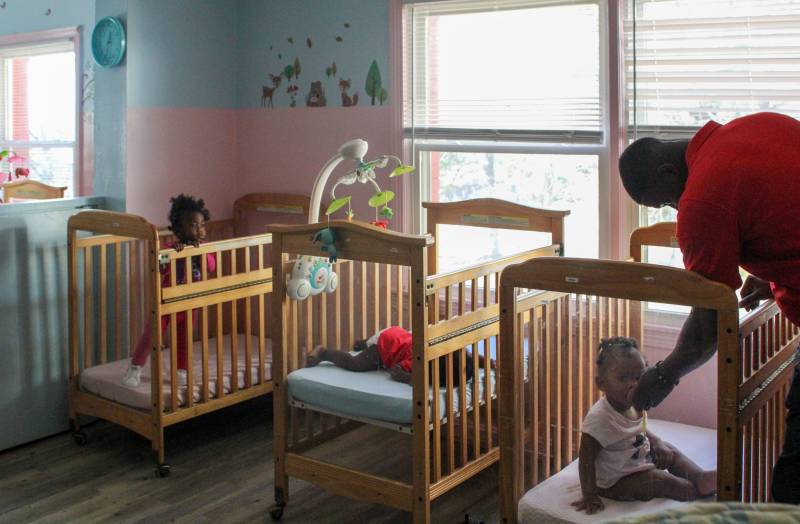Key points:
Community engagement and tech integration are critical components in school safety plans
A model to reduce school shootings
5 ways to keep schools safer with innovative visitor management
For more news on school safety, visit eSN’s Educational Leadership hub
Collaboration between educational institutions and local law enforcement has never been more crucial as parents, students, and staff seek peace of mind amidst rising school safety concerns. With school shootings continuing to take place at a troubling rate, there’s no question that action must be taken – and increased coordination between schools and local law enforcement is a key step in a comprehensive approach toward ensuring the safety and well-being of school communities.
This is an evolving relationship that requires continuous attention and ongoing collaboration. In this article, we’ll explore practical strategies that schools can take to foster effective cooperation with law enforcement, elevate safety measures, and prepare for potential threats.
Breaking down misconceptions and shifting mindsets
First, we must address the misconception that the mere proximity to a police department equates to preparedness. This assumption is risky, because it sets an unrealistic expectation that everything will fall into place seamlessly during a crisis. Even in the best-case scenario, an officer can still take six to seven minutes to arrive at the school during an active shooter event, and upon arrival, they are faced with the task of locating the threat.
Second, it is important to note that there are disparities in the perspectives of law enforcement vs. educators. Law enforcement is trained to prepare for the worst, while schools will sometimes avoid the thought of a violent incident occurring in their district. Schools must shift this mindset to align with law enforcement; they cannot afford to say, “It will never happen here.” Instead, they must proactively prepare for all scenarios and work in tandem with law enforcement to effectively protect their community from harm. It is important to evaluate potential threats, align perspectives, and plan out step-by-step procedures to ensure school-police responses are streamlined and all parties are on the same page.
Building relationships with local law enforcement
Establishing personal connections with law enforcement and getting them in front of students regularly serves as a cornerstone of this process. External drills involving multiple police departments not only bolster preparedness but also foster a sense of safety and trust between students and police officers. School programs, such as inviting officers to participate in driver’s education classes, also provide avenues to bridge the gap between students and law enforcement. Additionally, community events like Town Hall meetings are important forums for facilitating open communication between schools, law enforcement, and parents.
Addressing potential silos in communication
A tangible step schools and local law enforcement can take to better prepare for incident response is to address potential silos within communication networks. Sometimes not even the SRO is connected to local law enforcement officers, and this is a mistake that can cause delays in response times. A common cause for communication silos is the use of different communication software and applications. While these are very useful, it can become complicated if the local fire department, law enforcement, schools, and more all utilize different tools. The more cross-pollination, the better, so it is important to understand what communication software are being used and how to integrate them so that security alerts are easily communicated across all parties.
General connectivity issues between districts and the dispatch center can also lead to isolation. This is especially common in rural areas. It’s crucial to establish a close relationship with the local 911 dispatch center, and have occasional non-emergency discussions to confirm procedures, establish seamless connectivity, and eliminate any communication challenges.
Integrating technology for streamlined communication
Technology plays a key role in streamlining communication between schools and law enforcement and can provide actionable intelligence to help officers respond quickly and effectively to threats. Gun detection technologies that are directly integrated with 911 dispatch centers can provide instant alerts to school officials and first responders and eliminate guesswork during emergencies by providing the location of the threat, description of the perpetrator, and other crucial details. Grid mapping services are another crucial technology for minimizing response time. By breaking down the entire campus into grids, they help law enforcement navigate the campus effectively, even if they are unfamiliar with it.
While these solutions may not be tenable on some districts’ safety budgets, schools can explore grants and other funding avenues that are available. We encourage school officials to contact their local representatives to find out what resources are available to them, or to reach out to the tech providers directly to inquire if they can assist with grant writing.
Working together for a safe and secure learning environment
Fostering collaboration between schools and law enforcement goes beyond ticking administrative boxes – it represents an ongoing commitment to creating a safe and secure learning environment. Amidst rising safety threats, schools and law enforcement must stand united and work hand-in-hand to prioritize the safety of students and staff. The outlined strategies, ranging from community engagement to proactive technological integration, are critical components in building a comprehensive and effective approach to school safety.
Collaboration between educational institutions and local law enforcement has never been more crucial as parents, students, and staff seek peace of mind amidst rising school safety concerns. Building & Campus Security, Educational Leadership, eSchool Media, Featured on eSchool News, collaboration, educational leadership, integration, law, parents, safety, school, School Safety, schools, students eSchool News








